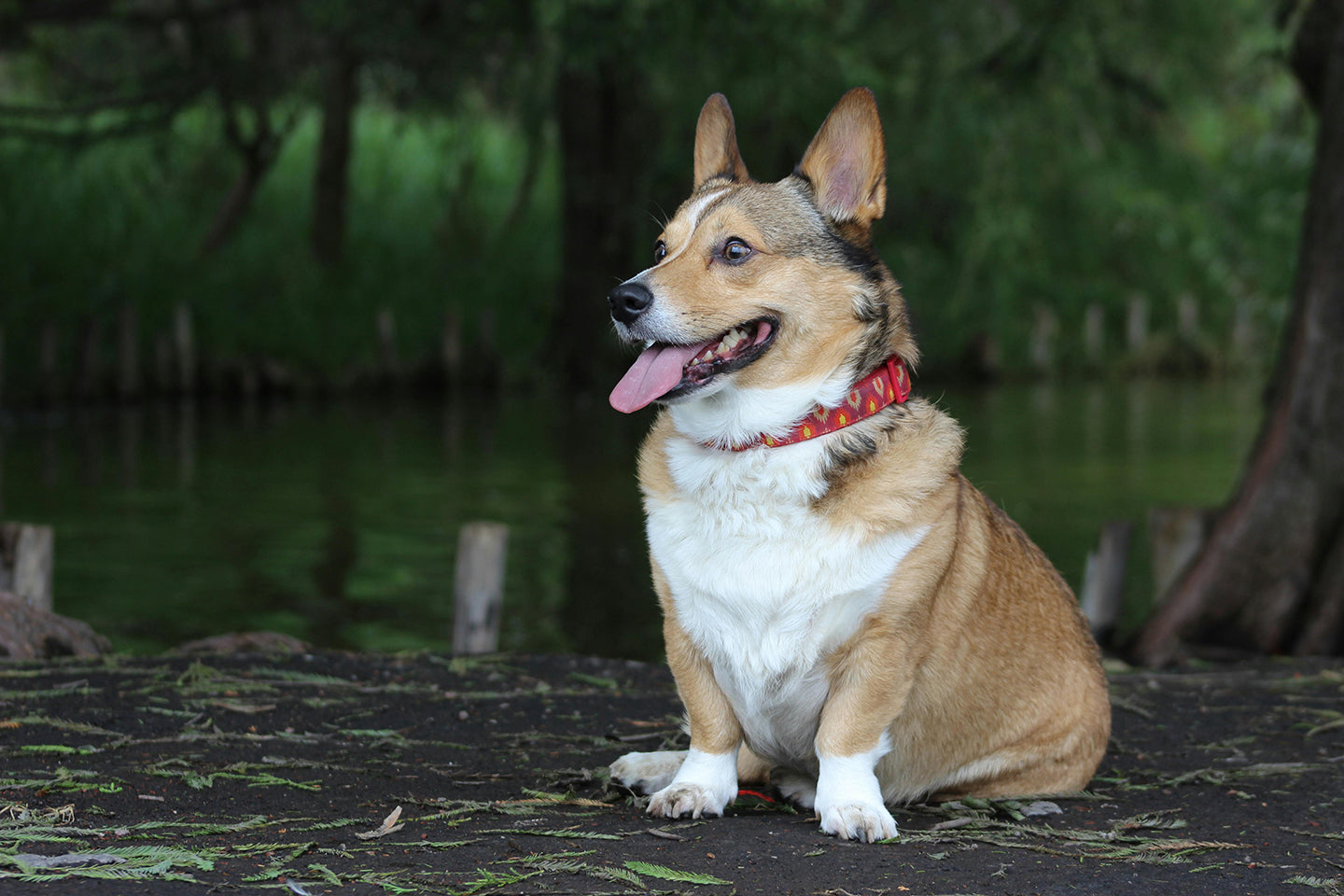Identifying unusual behavior in your dog is vital to ensuring their health and well-being. Here are some ways to identify abnormal dog behavior:
1, Bserve changes in behavior
Hyperactivity or lack of energy: A dog that suddenly becomes unusually active or, on the contrary, becomes very lazy and lackluster may be a sign of abnormality. This may indicate that the dog is experiencing pain, discomfort or illness.
Frequent Scratching or Licking: If your dog is scratching or licking a part of the body frequently, it may be because of a bug, skin disease or wound in that area.
Unusual Barking: A dog that suddenly makes unusual barking noises, such as constant wailing, screaming or growling, may indicate that it is experiencing pain, fear or discomfort.
Appetite changes: A dog that suddenly has a large increase or decrease in appetite, or refuses to eat its usual favorite foods, may be an early sign of illness.
Change in sleep pattern: A sudden change in your dog's sleep pattern, such as excessive sleepiness or inability to fall asleep, may also be abnormal.
2, Pay attention to the physical condition
Weight changes: A sudden increase or decrease in your dog's weight can be a sign of ill health.
Eyes and nose: Observe whether the dog's eyes are bright and free of discharge, and whether the nose is moist. If there is discharge from the eyes, redness or a dry nose, it may be a sign of illness.
Coat and Skin: Whether your dog's coat is shiny and his skin is healthy is also an important indicator of his state of health. If the coat is dull, the skin is dry or there is a rash, it may be a sign of under-nutrition or skin disease.
3, Changes in Social Behavior
Aggressive behavior: If the dog suddenly becomes aggressive and shows hostility towards the owner or other pets, this may be abnormal.
Over-dependence: A dog that suddenly becomes over-dependent on its owner and is unable to be left alone may be a sign of separation anxiety.
Social disorder: a dog that is suddenly unwilling to interact with other dogs or people may be a sign of social disorder or phobia.
4, Other abnormal behaviors
Frequent head tossing or ear scratching: This may be a sign of ear mites or other ear problems.
Rubbing buttocks or licking anus frequently: this may be a sign of blocked anal glands or intestinal parasites.
Suddenly walking with a limp: This could be due to a dislocation, fracture, cracked bone or a foreign object stuck in the toe.
Abnormal poop: such as frequent diarrhea and cement-like poop, it may be a sign of gastrointestinal problems.
5, Countermeasures
Record and observe: Once you find abnormal behavior in your dog, you should record in detail the behavioral changes, duration and accompanying physical symptoms.
Seek professional advice: If your dog's abnormal behavior persists or worsens, consult a veterinarian or professional animal behaviorist.
Provide a comfortable environment: While seeking professional advice, provide a quiet and comfortable environment for your dog to reduce its stress and anxiety.
In conclusion, identifying abnormal dog behavior requires careful observation and patience. By understanding your dog's normal behavioral patterns and paying attention to changes in its behavior and physical condition, you can detect and respond to potential health problems in a timely manner.




Leave a comment
All comments are moderated before being published.
This site is protected by hCaptcha and the hCaptcha Privacy Policy and Terms of Service apply.